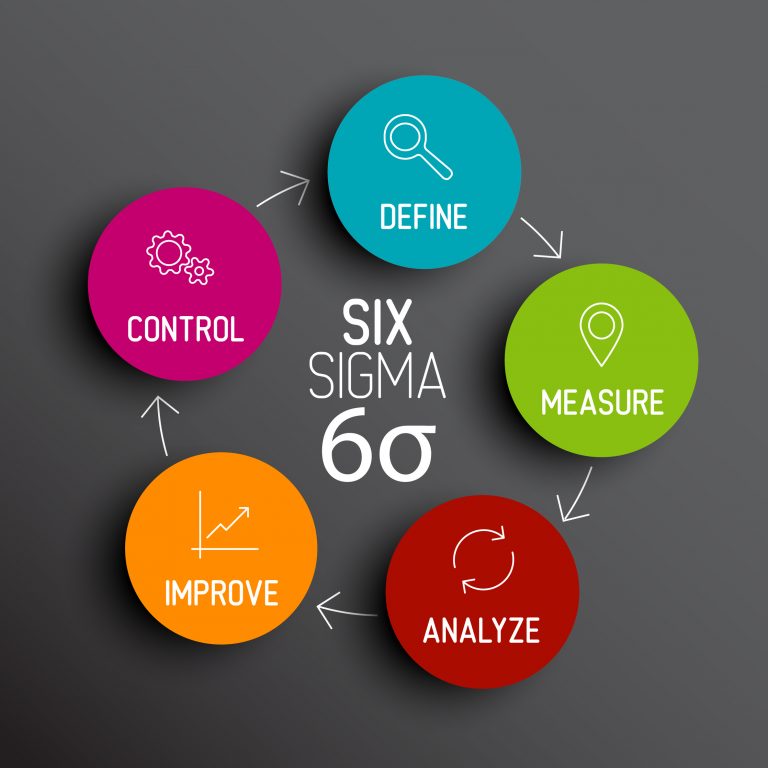Introduction to Six Sigma: Understanding the Basics
What is Six Sigma?
Six Sigma is a data-driven methodology aimed at improving processes by reducing defects and variation. It focuses on achieving near-perfection by targeting a maximum of 3.4 defects per million opportunities.
Origins of Six Sigma
Six Sigma was first introduced by Motorola in the 1980s and later popularized by companies like General Electric under the leadership of Jack Welch. It draws inspiration from quality management principles and statistical methods.
Key Concepts of Six Sigma
Some key concepts of Six Sigma include DMAIC (Define, Measure, Analyze, Improve, Control), statistical tools like control charts and process capability analysis, and the importance of leadership commitment.
Benefits of Six Sigma
Six Sigma offers numerous benefits, including improved quality and customer satisfaction, increased efficiency and productivity, reduced costs, better risk management, and a culture of continuous improvement.
Six Sigma Methodology
The Six Sigma methodology follows the DMAIC framework: Define the problem, Measure process performance, Analyze data to identify root causes, Improve the process, and Control to sustain improvements. It emphasizes data-driven decision-making and rigorous problem-solving.
Roles in Six Sigma
Key roles in Six Sigma projects include Champions, who provide leadership and resources; Master Black Belts, who mentor and coach Black Belts; Black Belts, who lead projects; Green Belts, who assist in projects; and Yellow Belts, who support process improvement initiatives.
Tools and Techniques
Six Sigma utilizes various tools and techniques, such as process maps, cause-and-effect diagrams, Pareto charts, histograms, scatter plots, control charts, regression analysis, and hypothesis testing, to analyze and improve processes.
Applications of Six Sigma
Six Sigma can be applied across industries and functions, including manufacturing, healthcare, finance, IT, service sectors, and more. It is particularly effective in areas with high-volume processes and critical quality requirements.
Challenges and Limitations
While Six Sigma offers significant benefits, it also faces challenges such as resistance to change, lack of management support, difficulty in sustaining improvements, overemphasis on metrics, and cultural barriers. It's important to address these challenges effectively.
Conclusion and Recommended Hashtags
Six Sigma is a powerful methodology for improving processes, enhancing quality, and driving business success. By understanding its principles, methodologies, and applications, organizations can achieve significant improvements in performance and customer satisfaction. Remember to use hashtags like #SixSigma #ProcessImprovement #QualityManagement #ContinuousImprovement #DMAIC #IAQMC in your Six Sigma discussions!





